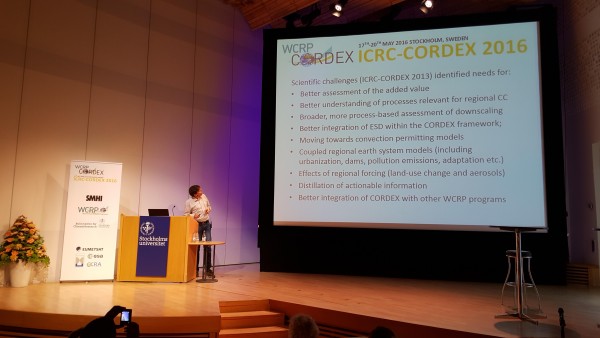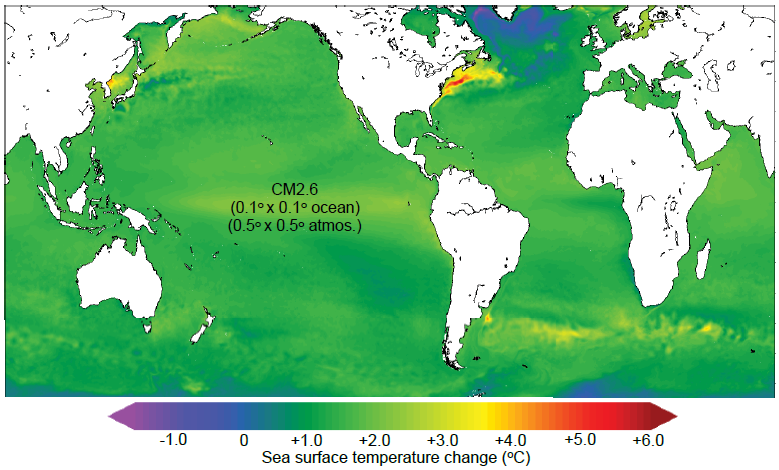Guest commentary by Jack Zhou, Nicholas School of the Environment, Duke University
For advocates of climate change action, communication on the issue has often meant “finding the right message” that will spur their audience to action and convince skeptics to change their minds. This is the notion that simply connecting climate change to the right issue domains or symbols will cut through the political gridlock on the issue. The difficulty then lies with finding these magic bullet messages, figuring out if they talk about climate change in the context of with national security or polar bears or passing down a clean environment to future generations.
On highly polarized issues like climate change, however, communicating across the aisle may be more difficult than simply finding the right message. Here, the worst case scenario is not simply a message failing to land and sending you back to the drawing board. Instead, any message that your audience disagrees with may polarize that audience even further in their skepticism, leaving you in a worse position than you began. As climate change has become an increasingly partisan issue in American politics, this means that convincing Republicans to reject the party line of climate skepticism may be easier said than done.
[Read more…] about Boomerangs versus Javelins: The Impact of Polarization on Climate Change Communication


